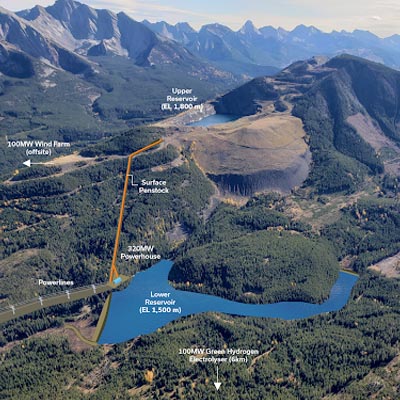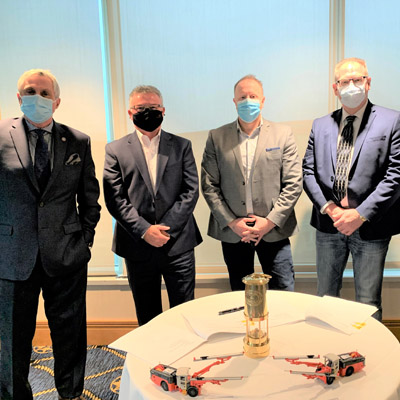Refining Canada’s natural resource industry
The Economic Action Plan 2012 outlines streamlined reviews and processes for Canada's natural resource industry

Joe Oliver is Canada's minister of natural resources. — Couvrette/Ottawa photo
“One project, one review”—that is the new promise from the federal government with regards to improving the review process for major natural resource projects. These new regulations have been outlined in the Economic Action Plan 2012, and it’s been years in the making.
The recent federal budget will see set fixed timelines for project reviews and assessments. It will also see $165 million over two years for responsible resource development that creates jobs while protecting the environment. As well, the plan proposes to support junior mineral exploration by extending the temporary 15 per cent Mineral Exploration Tax Credit for flow-through share investors for an additional year. It includes actions to improve access to modern, reliable seismic data for offshore resource development and $12.3 million over two years to continue to assess diamonds in the North.
A major announcement
Joe Oliver, the federal minister of natural resources, has always been an advocate of streamlining federal and provincial processes for mining. In early March 2012, Oliver spoke at the Prospectors and Developers Association of Canada’s (PDAC) annual convention and trade show. PDAC hosts the mineral industry’s largest annual convention, with this year’s event attracting nearly 28,000 attendees, including 7,000 international delegates from 120 countries.
“The exploration and mining industry has been a cornerstone of the Canadian economy for generations, shaping our national identity with benefits in all regions of the country,” said Oliver. “To capitalize on this potential, our government is seizing opportunities to open new markets, to support innovation, to attract investment and to improve the regulatory system for major projects.”
Oliver said he can’t stress enough that there is a tremendous new global opportunity for Canada to take advantage of resource development potential to stimulate jobs and growth in a period of global economic uncertainty. To date, major projects in Canada have been subject to long and potentially endless delays because of complex and duplicative regulatory processes. He said this is costing Canadians good, well-paying jobs.
“That’s why our government is taking responsibility for modernizing our regulatory system so that Canada’s natural resources are responsibly developed for the benefit of all Canadians,” said Oliver. “We will do this by streamlining the approval process for major projects across Canada.”
Generating interest
Oliver added that with an improved regulatory system, the objective is to deliver more predictable and timely reviews and to reduce regulatory burden while improving environmental protection and ensuring meaningful aboriginal consultation. These improvements are required to further position Canada’s resource sector as an attractive place to invest.
Over the next 10 years, more than $500 billion could be invested in Canada’s mining and energy sectors. That’s investment to support the creation of thousands of well-paying jobs and generate huge economic activity in communities across Canada for years to come.
“But that level of investment is by no means guaranteed,” said Oliver. “Canadian projects must compete for capital in the global market, and other nations are competing to supply these new markets. Our government has worked hard to create a Canada that is a magnet for foreign investment, and, to a very large extent, we have succeeded. Providing a regulatory regime that is both efficient and effective is a basic part of offering a stable, predictable climate for investment. This is critical to the creation of jobs and economic growth in Canada—which continues to be our number 1 priority.”
A project goes through the process
Teck Coal’s Line Creek Coal Mine expansion in Sparwood, British Columbia, is a great example of streamlining the environmental review process. This was the second project for which the federal environmental assessment was delegated to a province.
“Delegated processes helped to reduce sources of duplication between federal and provincial governments by enabling both federal and provincial decision-makers to utilize one process—in this case led by the Province—to make their respective decisions,” said Oliver. “Eliminating regulatory duplication between federal and provincial regulatory review processes is at the core of a more modern, efficient and effective regulatory system, and that’s why federal and provincial governments share the collective objective of one project, one review.”




